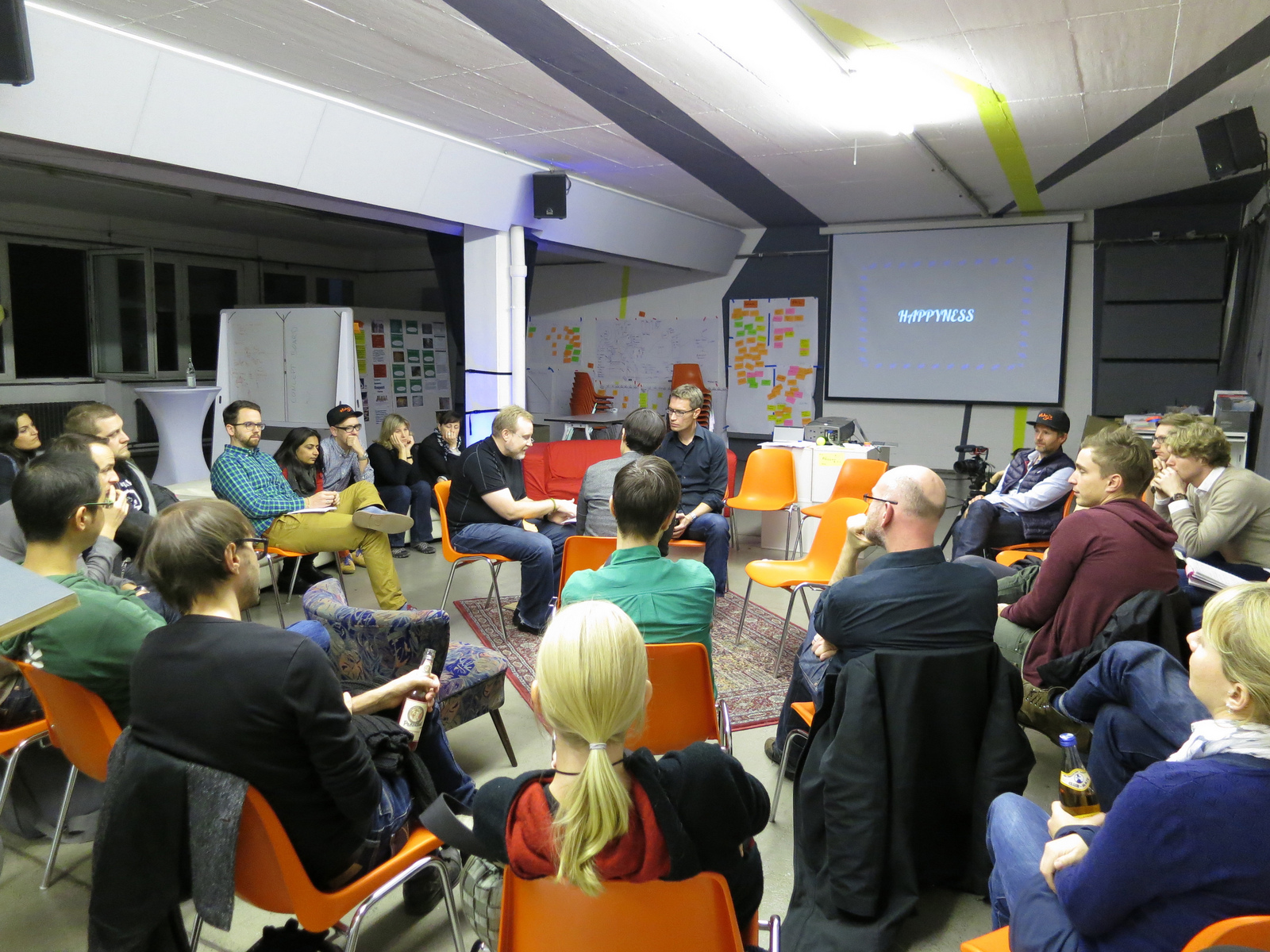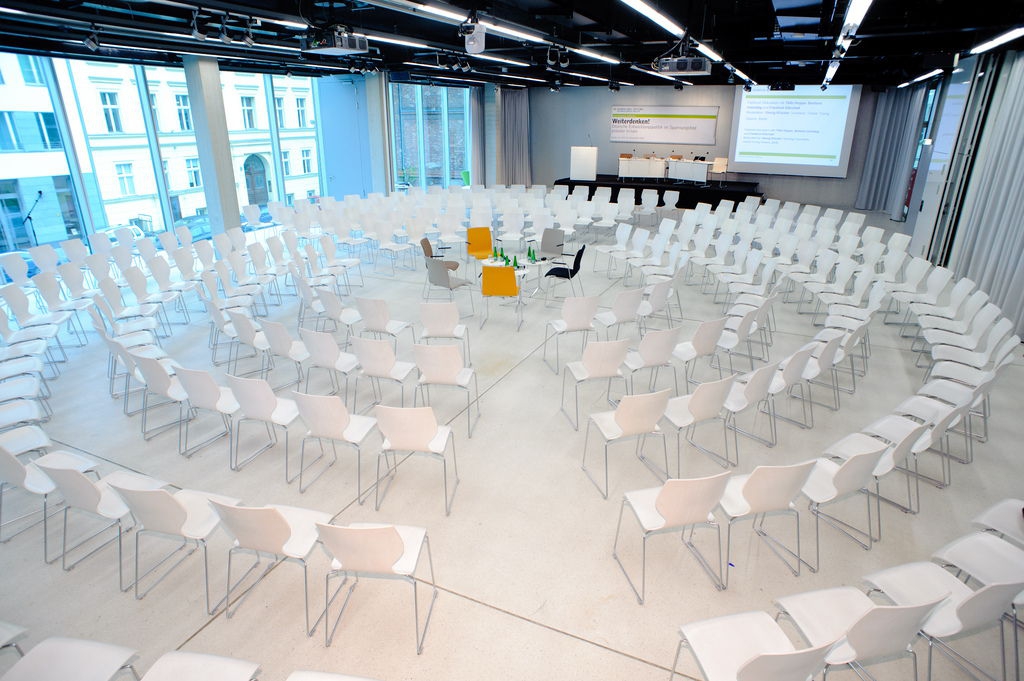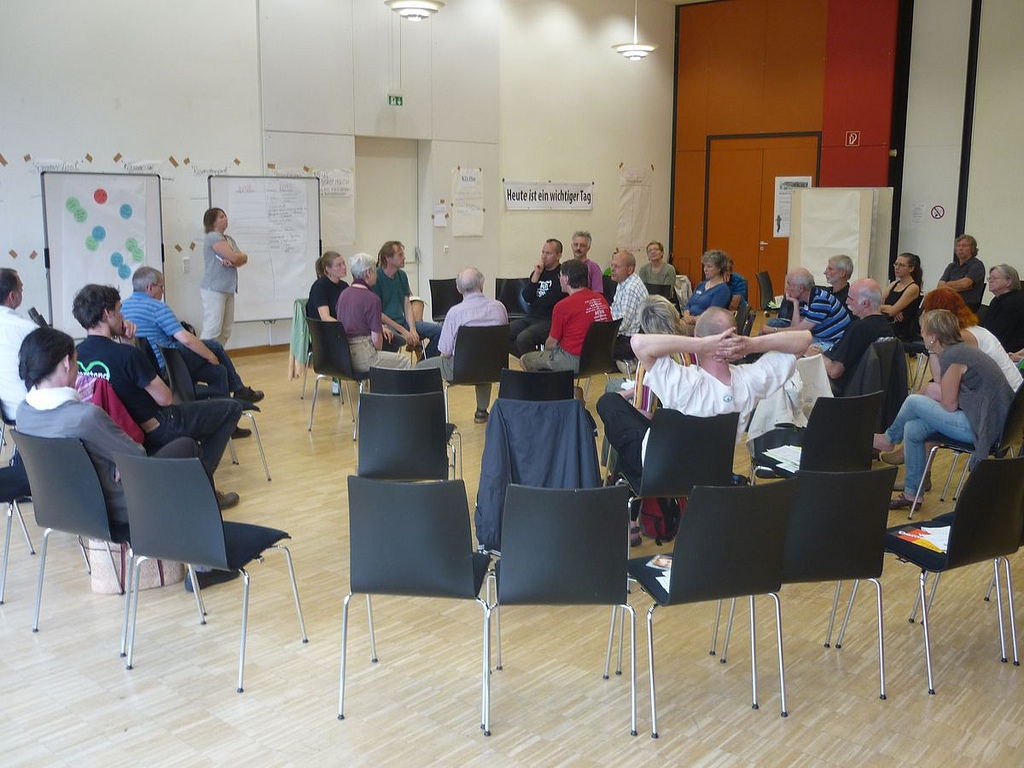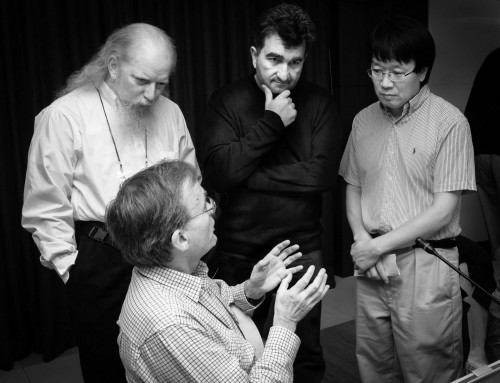Fishbowl
Description of Fishbowl
Fishbowl is a facilitation format I use frequently. Fishbowl facilitation is a simple, effective alternative to a plenum discussion. In combining large group facilitation with small group discussions, fishbowl creates a vivid and spontaneous discussion format.The Fishbowl facilitation got its name from the way the participants are seating. The chairs are placed in two circles: the inner circle ("fishbowl") and one or more outer circle(s).
Fishbowls involve a small group of people (usually 5-8) seated in the inner circle, having a conversation in full view of a larger group of listeners. The participants in inner circle discuss the topic(s) while all other participants are seating in the outer circles(s) listen and observe the discussion.
One major advantage of a fishbowl facilitation is that it is suitable for large groups. It also lessens distinctions between the speakers and the audience.
If a participant from the outer area wants to join the discussion in the inner circle there are several options, defining variants of the fishbowl technique:
- Open fishbowl with "guest chair": there is an empty chair in the inner circle. Any member of the audience can, at any time, occupy the empty chair and join the fishbowl. When this happens, an existing member of the fishbowl must voluntarily leave the fishbowl and free his chair. The new one can participate in the discussion until he finishes his contribution or another member from the outside wants to join.
- Open fishbowl without "guest chair": when someone in the audience wants to join the discussion, he comes forward and taps the shoulder of the person he wants to replace, at some point when they are not talking. The tapped speaker must then return to the outer circles, being replaced by the new speaker, who carries on the discussion in their place.
- Close fishbowl:. the initial participants speak for some time. When time runs out, they leave the fishbowl and a new group from the audience enters the fishbowl. This continues until many audience members have spent some time in the fishbowl.
Rules of Fishbowl
- Every participant can sit on the empty chair until he finishes his contribution or another member from the outside wants to join.
- Member of the inner circle can leave whenever they want to.
- Avoid to talk aside (with your neighbour).
When to use Fishbowl
- As an alternative to traditional debates
- As a substitute for panel discussions
- To foster dynamic participation
- To address controversial topics
- To avoid lengthy presentations.
Facilitator Role
- Introduce the method and the objectives/guiding questions of the discussion.
- Summarise the results.
- Debrief the discussion.
- Address still open or critical issues.
: Alper Çuğun, via flickr.com • Heinrich-Böll-Stiftung, via flickr.com • Thomas Becker, via flickr.com, .









Good way of telling, and pleasant article to obtain information concerning my presentation subject, which i am going to convey in institution of higher education
"Which games can I play OFFLINE AND WHICH GAMES REQUIRE CONSTANT INTERNET CONNECTION?
I know the Division game required a constant internet which was a huge disappointment for me. It also false advertised the game in trailers. "